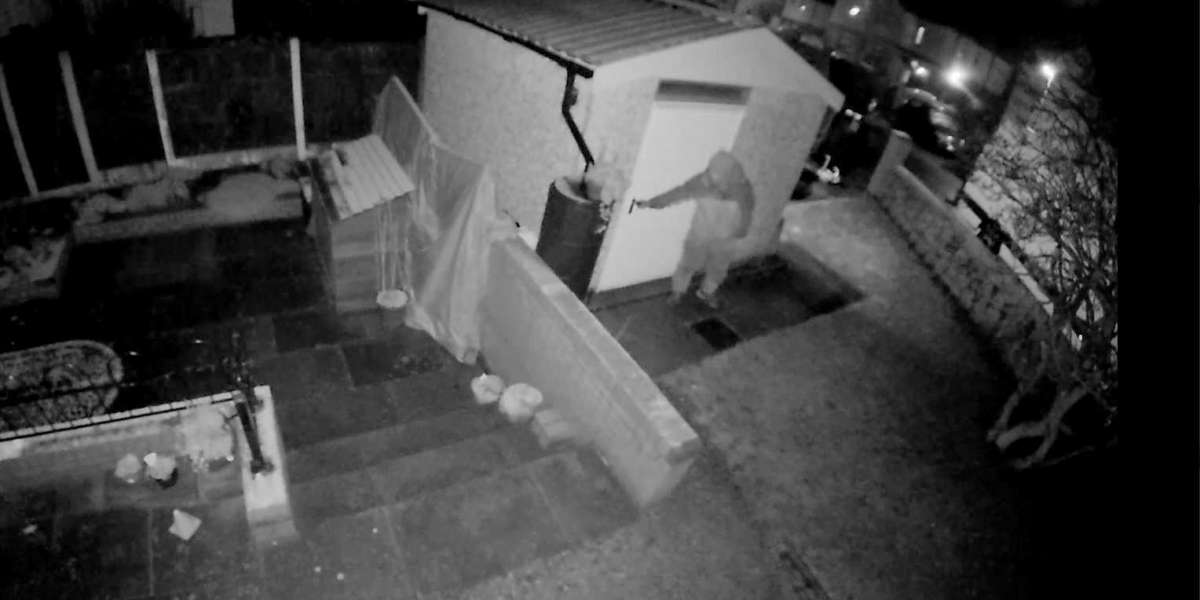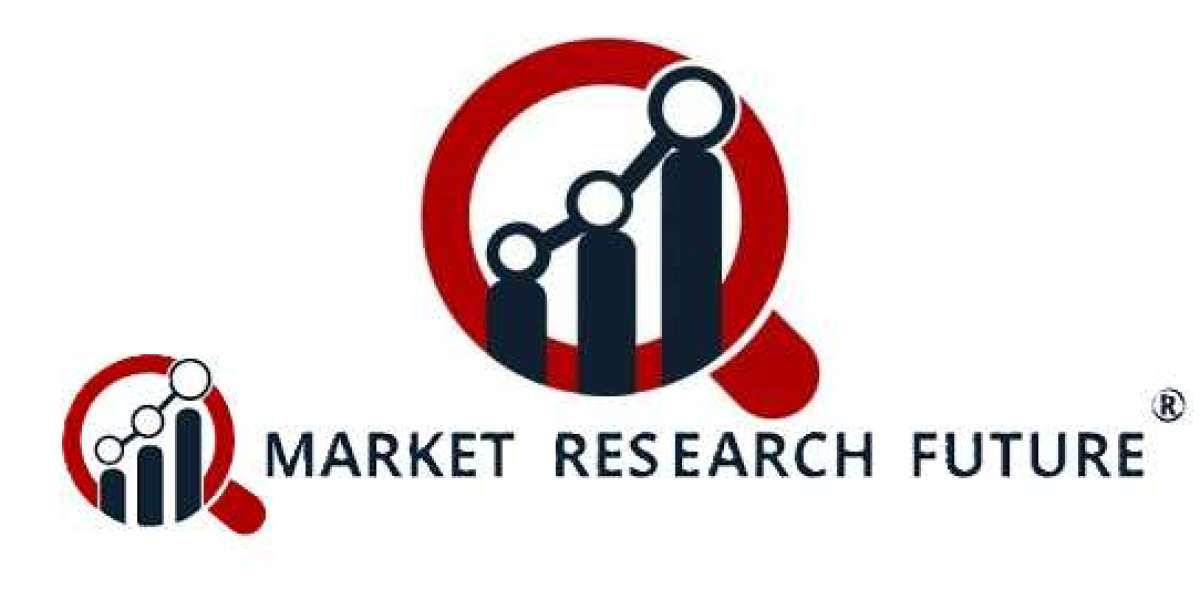In the world of forensic science, accuracy is everything. Whether reconstructing a vehicle collision or analyzing a homicide scene, crime scene investigator must capture and interpret every detail with precision. Photogrammetry software and multi view calibration have become essential tools in this process, enabling investigators to turn photographs into precise 3D models. These models allow for accurate measurements, spatial analysis, and enhanced presentation of evidence in court.
What Is Photogrammetry Software?
Photogrammetry software is a specialized tool that converts 2D images into accurate 3D representations of physical spaces or objects. By analyzing overlapping photographs from different perspectives, the software calculates spatial dimensions, angles, and positions with remarkable accuracy.
For crime scene investigators, this means:
- Preserving evidence in its original spatial context.
- Eliminating the need to revisit a scene for missed measurements.
- Providing detailed visuals for courtroom presentations.
The Role of Multi View Calibration in Forensic Work
Multi view calibration is the process of aligning and calibrating multiple camera perspectives so that their combined images produce accurate, distortion-free 3D reconstructions. In forensic photogrammetry, this step ensures that every pixel in every image corresponds to a real-world measurement.
Benefits for investigators include:
- Accuracy – Reduces spatial errors in the 3D model.
- Consistency – Ensures all data points are harmonized across multiple viewpoints.
- Reliability – Produces measurements that can stand up under legal scrutiny.
Why Crime Scene Investigators Rely on These Technologies
Forensic professionals often face time-sensitive, high-pressure environments. Weather, lighting, and scene accessibility can all impact data collection. Photogrammetry software combined with multi view calibration allows crime scene investigators to:
- Capture a scene rapidly without compromising detail.
- Document evidence in a format that is easy to analyze later.
- Reduce human error in measurement and documentation.
- Present compelling, scientifically accurate visuals to juries.
Real-World Applications in Crime Scene Investigation
1. Accident Reconstruction
Photogrammetry allows for highly accurate reconstructions of vehicle collisions. Investigators can analyze impact points, skid marks, and debris fields in three dimensions.
2. Homicide and Assault Scenes
Multi view calibration ensures that blood spatter patterns, weapon placement, and victim positioning are accurately recorded for forensic analysis.
3. Burglary and Property Crimes
3D models of interiors can help identify entry points, reconstruct suspect movements, and match tool marks with recovered evidence.
4. Disaster and Mass Casualty Events
Large, complex scenes can be documented quickly and comprehensively, preserving critical evidence for later examination.
Advantages of Combining Photogrammetry and Multi View Calibration
When used together, these technologies give investigators a more complete and accurate representation of a scene. The synergy provides:
- Precise Measurements – Down to millimeters.
- Spatial Awareness – Understanding relationships between objects.
- Enhanced Visualization – Making complex evidence easy to interpret.
- Long-Term Preservation – Digital models remain accessible years after the original scene is gone.
Challenges and Considerations
While highly beneficial, photogrammetry and multi view calibration require:
- Training – Investigators must learn proper image capture techniques.
- Equipment – High-quality cameras and tripods are often essential.
- Processing Power – Large datasets require capable computers.
- Environmental Control – Lighting and weather can affect image quality.
Future of Photogrammetry in Forensics
As technology advances, photogrammetry software will become faster, more automated, and more accessible to field investigators. AI-driven tools may soon enhance accuracy further by automatically detecting and tagging evidence within a scene.
Final Thoughts
For today’s crime scene investigator, tools like photogrammetry software and multi view calibration are not just optional—they’re essential for ensuring accuracy, preserving evidence, and presenting findings convincingly in court. As these technologies continue to evolve, they will further strengthen the scientific foundations of forensic work.
FAQs
Q1: What is the main benefit of photogrammetry software for investigators?
It allows for accurate 3D reconstructions from photographs, preserving spatial evidence for later analysis.
Q2: How does multi view calibration improve forensic accuracy?
It aligns multiple images from different perspectives, eliminating distortions and ensuring reliable measurements.
Q3: Can photogrammetry be used in low-light or night scenes?
Yes, but it requires specialized lighting equipment or camera settings to maintain image quality.
Q4: Is photogrammetry admissible in court?
When performed correctly and documented thoroughly, photogrammetry results are often accepted as reliable evidence.
Q5: Do investigators need special training to use these tools?
Yes. Proper training ensures accurate image capture and processing, which is crucial for forensic credibility.



